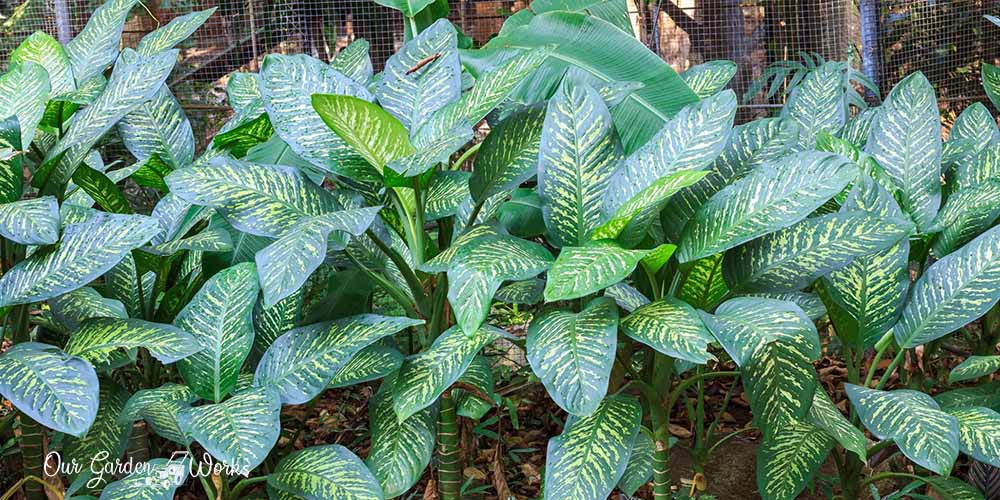If you started to love the popular varieties of houseplants in the past months, it is no secret that you’re concerned about their impact on your household.
Though some plants are pretty to look at they can hold hidden toxicity that can endanger your family’s health. So, most novice gardeners would ask, Is the dumb cane plant poisonous to humans?
Learn more about the beautiful but deadly Dieffenbachia or dumb cane plant to know where to place them and keep your family safe from their toxic properties.
However, just because they’re poisonous doesn’t mean you can’t have them around. With the proper care and placement in the house, they are a good asset to your interior design.
Is The Dumb Cane Plant Poisonous To Humans?
The dumb cane plant or Dieffenbachia is one of the two popular poisonous houseplants according to the National Capital Poison Center.
It contains calcium oxalate which is toxic when ingested or when the sap is applied to the skin. The oxalate creates needle-like structures that puncture the skin, creating a burning sensation and swelling.
What makes dumb cane plants toxic is they release a proteolytic enzyme which makes the symptoms more severe.
The enzyme aggravates swelling and may even cause difficulty in breathing. Every part of the dumb can plant contains calcium oxalate which all its parts can be poisonous to humans.
How Do You Get Poisoned With a Dumb Cane Plant?
A dumb cane plant left alone without its sap oozing or leaves torn apart will not cause any problems.
However, when its plant juices come in contact with your skin, eyes, or are ingested, it can cause serious effects. It may cause swelling, pain, rashes, and even it may also cause temporary speech difficulty.
Though it’s toxic, the dumb cane plant does not cause life-threatening effects. Its toxicity is around the medium range. However, symptoms can be painful and irritating. These includes:
Symptoms of Dumb Cane Plant Poisoning in Humans
The symptoms in humans are similar but different in some aspects. Here are some of the symptoms that you or your child has been poisoned due to the calcium oxalates in the leaves or stems of the dumb cane plant:
Oral symptoms
- Excessive drooling
- Difficulty swallowing
- Loss of speech
- Diarrhea
- Nausea
- Vomiting
- Swelling/blistering in the tongue or mouth
- Burning sensation in the mouth
Topical (skin) symptoms
- Itching
- Rashes
- Skin swelling
- Redness
- Skin dermatitis or inflammation
Eye symptoms
- Eye irritation
- Corneal abrasion
- Eye pain
- Permanent eye damage
Symptoms of Dumb Cane Plant Poisoning in Pets
Legends have it that pets tend to chew on leaves when they have a stomach to induce vomiting. However, according to the veterinarians at the University of California, the habit of eating grass is part of the normal animal’s habit out of boredom or pure curiosity.
The problem with the leaf-chewing habit of dogs and cats is when they encounter poisonous plants like dumb cane plants. The usual symptoms in pets are as follows
- Drooling
- Restlessness
- Whining and pawing their face
- Death (worse case)
Treatment For Dumb Cane Plant Poisoning
When your kids accidentally ingested the leaves of the dumb cane plant and show signs of poisoning, here are some steps that you should do immediately:
- Rinse the mouth and remove all the plant residue on the tongue and teeth
- If the mouth or throat starts to be inflamed or painful, put some ice chips in the mouth or ice cream to relieve the inflammation and pain.
- Call 911, immediately if the symptoms persist.
If the sap of dumb can plant caused rashes or skin inflammation, you need to wash the area for 15 minutes. If the sap gets in the eyes, make sure to rinse them for 15 minutes and consult a doctor immediately to avoid further irritation.
Why Is It Called a Dumb Cane Plant?
The dumb cane plant is the common name given by gardeners for dieffenbachia. The idea came from the fact that when ingested it can cause.
Its other name is called mother-in-law’s tongue as a funny pun to its toxicity.
Growing Dumb Cane Plant Safely At Home
The dumb cane plant is common in an office or living room setting. If you have kids or pets around, it’s best not to have them indoors.
However, if you want them around the house, here are some planting ideas for you to try:
Hang Them Up Near a Window
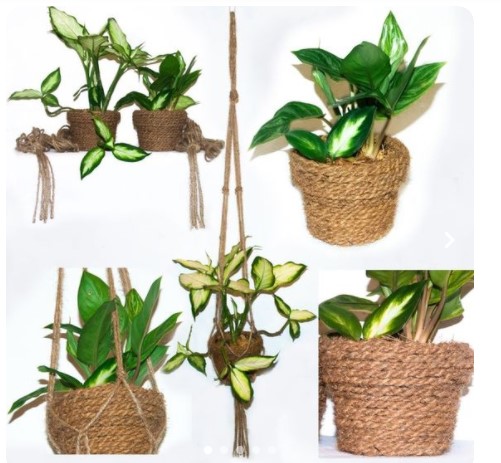
The unique colors of the dumb cane plant make it a good accent on your wall. You can simply choose the design of plant hangers. The low light is already sufficient for them so they can thrive hanging by the window. Just don’t forget to water it daily.
Place Them on Top Shelves
The next way to prevent your pets and kids from touching the dumb cane plant is to place it in a higher place where they can’t reach it.
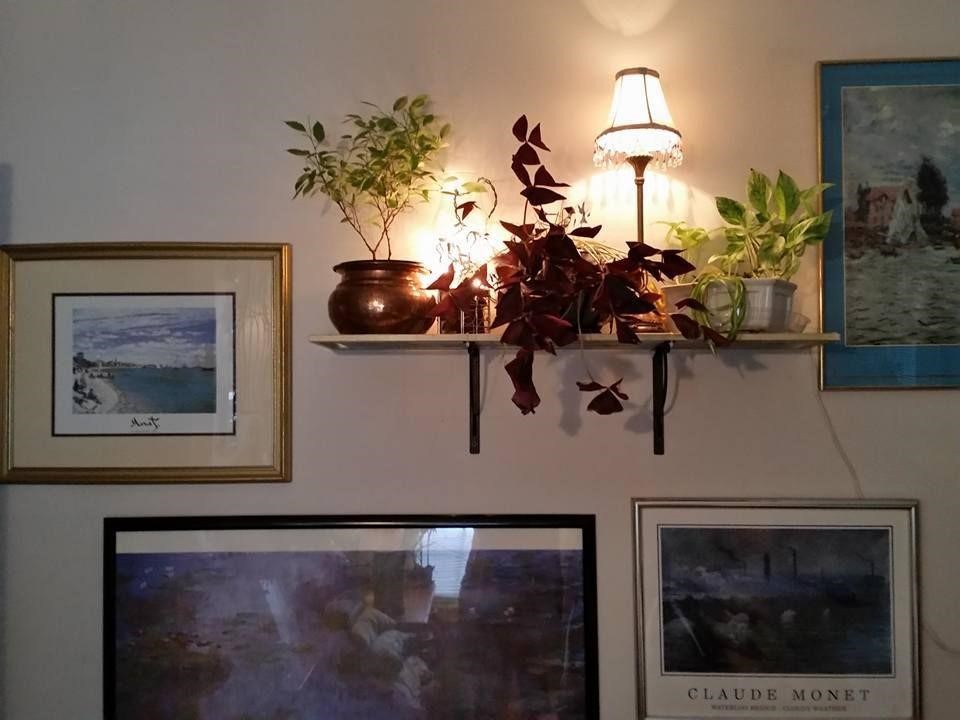
There are varieties of dumb cane that only grow up to 12 inches that you can place on your shelves to add more style to it.
Usually, plants placed on shelves create a homey vibe in a space, especially when they are placed near some lamps.
Outdoor Metal Hangers
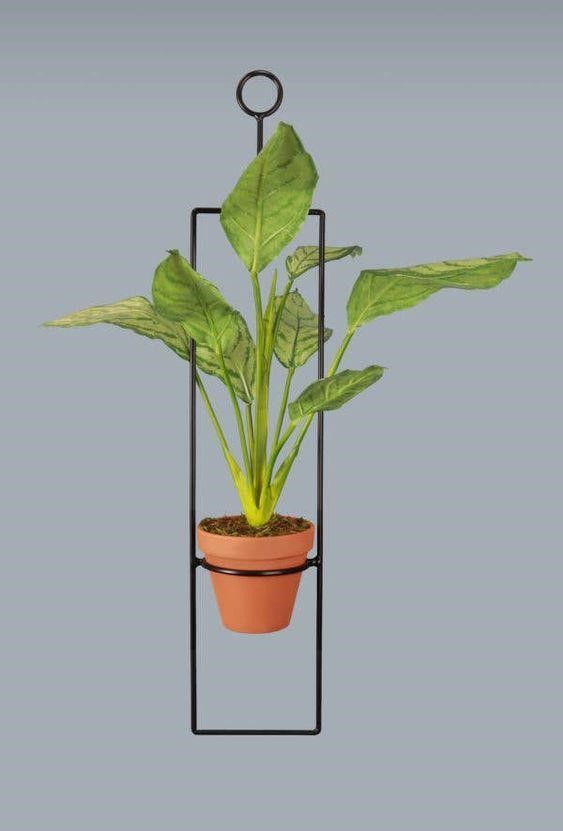
If your curious kids and pets find their way around your dumb can plant even if they are placed in higher places, maybe it’s better to have them outdoors.
There are now available metal hangers that can blend into the aesthetic of your exterior house design. Here are some designs to choose from:
- RISEON Boho Black Metal Plant Hanger
- Tosnail 2 Pack Metal Wall Hanging Planter Basket with Coco Liner
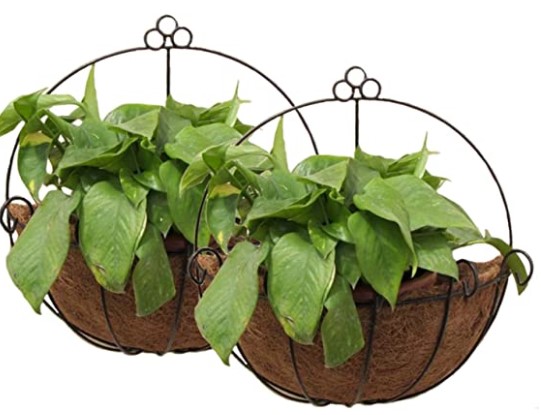
Place Them on a Table as a Centerpiece
Another good location for dumb canes is on a table where the kids won’t reach its leaves without other family members seeing it.
You can place the dumb cane in a beautiful pot that matches the theme of your dining table or coffee table. Here are beautiful pots to choose from:
- POTEY Planter Ceramic Plant Flower Pot
- BUYMAX 4.2-5.2-6.2 inch Glazed Plant Pots with Connected Saucers
- FOPAMTRI 6 Inch Plant Pot Matte White Ceramic Planter
- Terracotta Pots for Plants
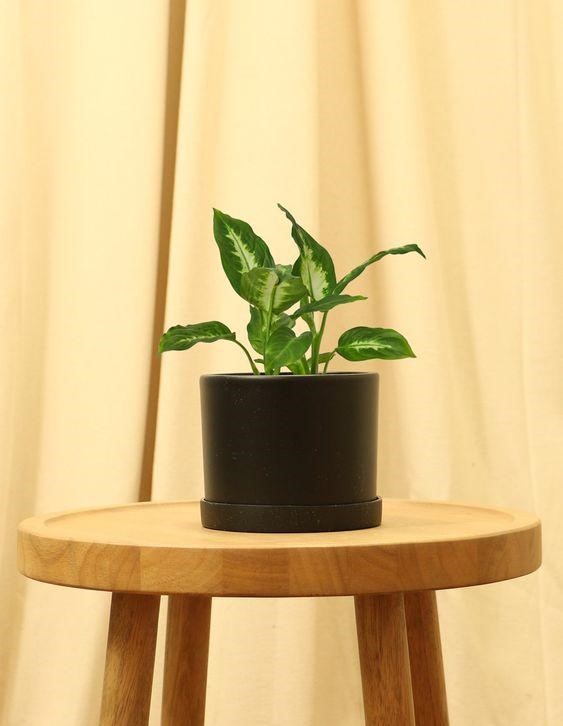
Safe Alternatives To Dumb Cane Plant
If plant poisoning is not the risk you want to take, you may also try other indoor plants that have the same growing requirements as dumb cane plants. These include:
Prayer Plant or Maranta Leuconeura
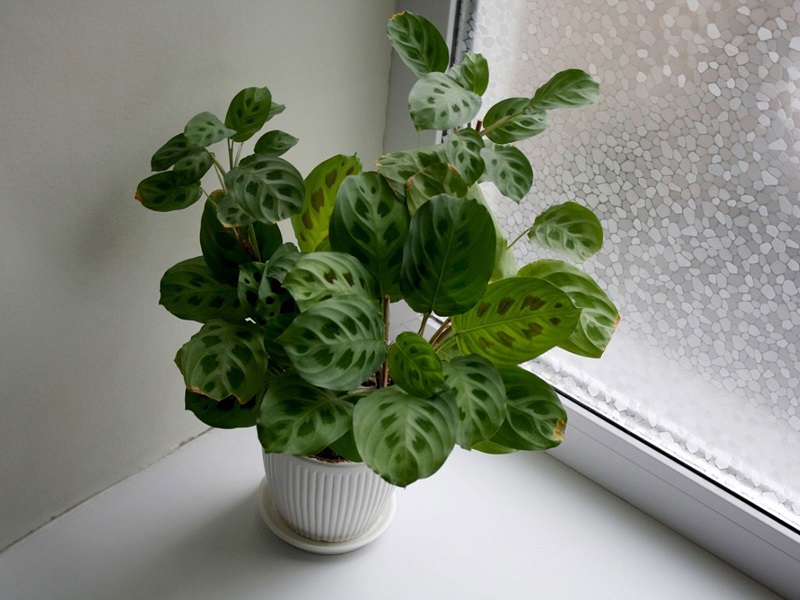
The prayer plant is a tropical plant that produces beautiful leaves with distinguishable dark spots in between the veins of the leaves. It also thrives in low light or indirect light.
However, unlike the dumb cane plant, it requires high humidity. The soil should also be kept moist and soggy to keep it healthy. It is not toxic and safe to place around kids and pets.
Baby Rubber Plant or Peperomia obtusifolia
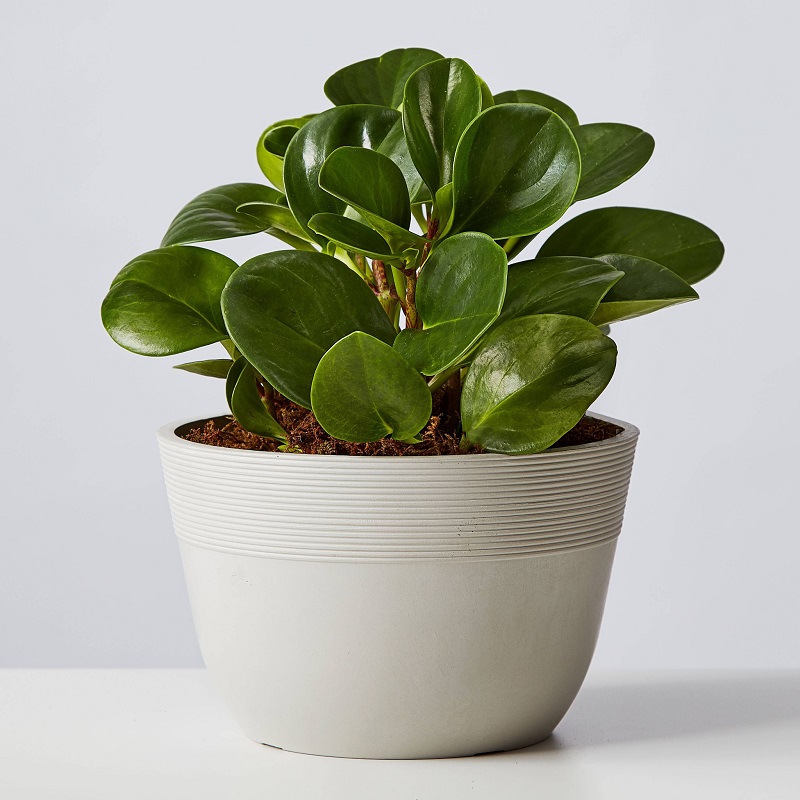
Baby rubber plants have elegant-looking leaves that can match a light-painted interior. Its leaves are thick with deep green color. It doesn’t grow tall, unlike the dumb cane plant that can reach a few feet. It is also known for other names like:
- Hanging Peperomia
- Pepper face plant
- American rubber tree
Baby rubber plants can tolerate low light and thrive in the indirect light from a near window. From time to time, it can produce spikes of white flowers which will add more beauty to your home.
Cast Iron Plant or Aspidistra Elatior
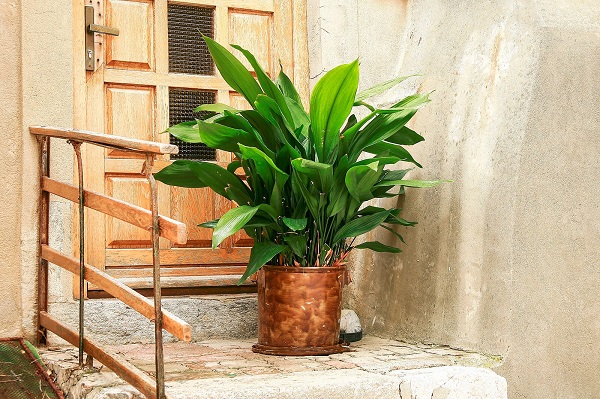
Another beautiful alternative to poisonous indoor plants is the luscious and luxurious plant called the cast iron plant.
Due to its classy look, it is named the bar room plant. It also doesn’t demand too much care and attention which is suitable for busy homeowners. It is also not toxic like the dumb cane plant.
Other Poisonous Indoor Plants
Creating a home that is safe for both kids and pets can be challenging. So, it’s crucial to know the indoor plants to avoid other than the dumb cane plant.
The following plants have the same toxicity and health risks as the dumb cane plant:
Philodendron
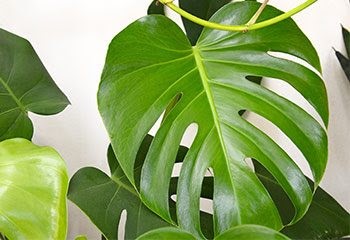
Philodendron is among the houseplants that became popular in recent years. Despite its distinct charm in an indoor setting, its leaves also contain calcium oxalates. They also produce edible fruits but the unripe ones may remain toxic and contain poison.
Also, they have a trailing habit so you must keep them off the floor. Otherwise, your pets may find it interesting and chew off their leaves.
Peace Lily

Peace lily or spathiphyllum is a perennial tropical plant that thrives in shade and with little exposure to light. Despite its name, it’s not actually part of the lily family.
So, it is not toxic enough to cause life-threatening conditions like kidney failure in cats and dogs. However, it may still cause poisoning symptoms similar to the dumb cane plant, like inflammation and irritation when its sap gets to the skin.
Caladium or Angel Wings
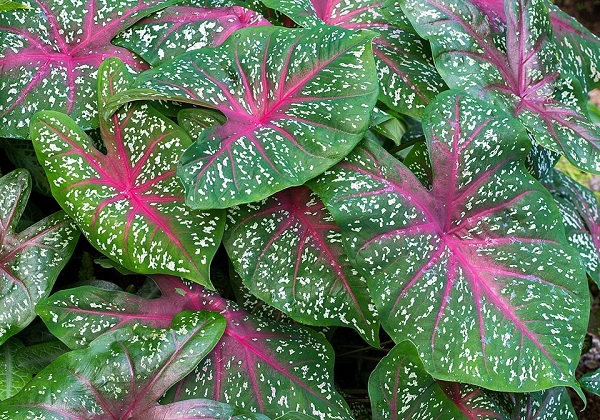
Caladium has similar toxicity to the dumb cane plant. It is also known as the elephant’s ear, the heart of Jesus, and angel wings due to the shape and size of its leaves.
It has a lot of varieties with leaves ranging from pink to white, and a blend of white and green. Do not be deceived by their colorful accent indoors since they are also toxic to both your child and pets.
Pothos
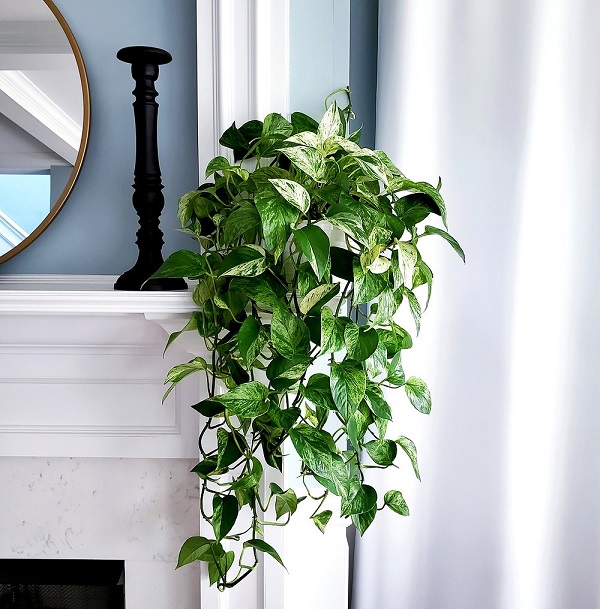
Pothos is a tropical plant known as Epipremnum aureum (E.aureum) that has the same toxicity as dieffenbachia. Pothos is actually its first name which was changed due to its new features discovered by scientists. Its other names are as follows:
- Golden pothos
- Ceylon creeper
- Hunter’s robe
- Ivy arum
- Money plant
- Silver vine
- Solomon Islands ivy
- Marble queen
- Taro vine
- Devil’s vine or devil’s ivy
It is named as a devil’s vine because of its ability to live in the dark and it’s almost impossible to kill even in unfavorable environments.
Since it is popular as a hanging plant, you may place it at home without risking the health of your kids and pets. Just make sure that they are high enough to be within the reach of curious kids.
Callalily
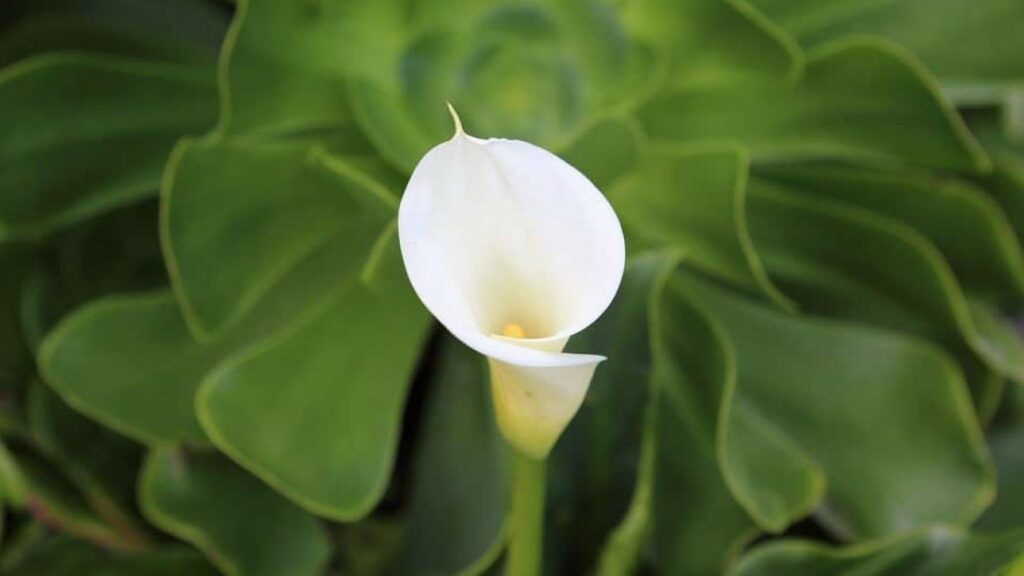
Calla lily is a beautiful plant to have around the house but may poison your kids and pets. It has similar toxic effects to humans and pets but on a milder level.
The leaves contain calcium oxalate which can cause inflammation and skin irritation when ingested and applied on skin.
If you plan to have it at home, invest in a plant stand where they can’t reach it or do not place it inside your house at all.
Highly Toxic Plants To Avoid If You Have Pets And Kids At Home
Other plants are more toxic than the dumb cane plant, they can cause serious health risks for your pets and can even be life-threatening when ingested.
These houseplants include:
(1) Oleander: Don’t be deceived by the beauty of oleander because it contains a potent poison that can affect the heart.

The American Botanical Network has warned gardeners to avoid using the parts of the plant as tea or herbal supplements since it contains substances that affect the heart and can lead to death. Other poisoning symptoms due to oleander are seizures, nausea, dizziness, and severe rash.
(2) Hyacinth: This spring-blooming plant is probably one of the plants that produce the most beautiful flowers during the growing season. However, its bulbs and flowers contain oxalic acid which can cause skin irritation and inflammation.
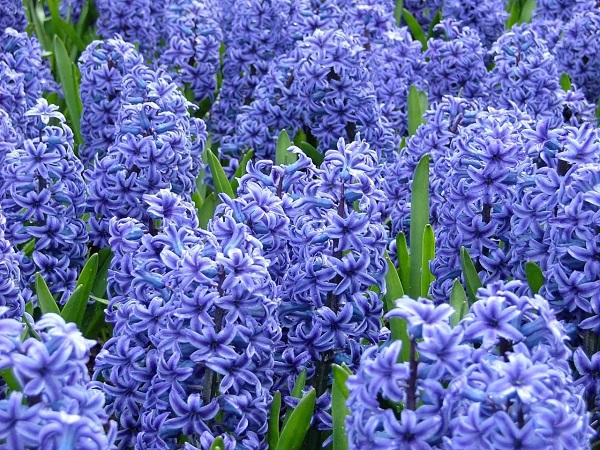
If pets and kids accidentally ingest the flowers, they may experience nausea, vomiting, and diarrhea.
(3) Daffodil: This bulb-forming that produces bright-colored trumpet-like flowers is pleasing to the eyes but they can cause dermatitis. Ingesting the flowers, however, can cause the same symptoms like the dumb can plant like nausea and throat irritation.

(4) Snake plant: This plant is one of the most common plants that you will find in tropical regions. It is an evergreen perennial plant that goes with other names like Saint George’s sword, mother-in-law’s tongue, and viper’s bowstring hemp. They are mildly toxic and can cause swelling and numbness in the tongue when ingested.
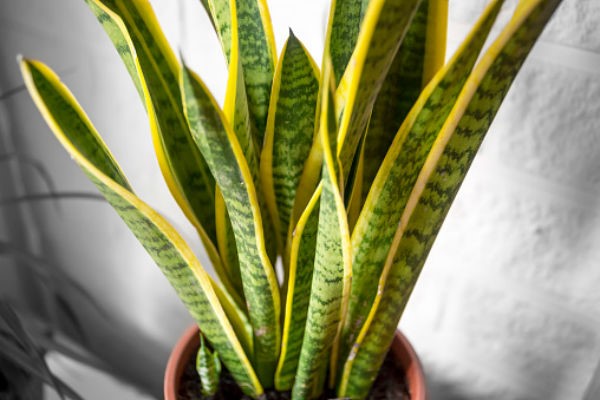
Final Thoughts
Dumb cane plants and some houseplants may look safe and beautiful until you touch their bulbs and sap or ingest the flowers and leaves.
We hope that this post helped you identify the kinds of plants to avoid to keep your child and pets safe from plant poisoning.
Also, let us know in the comments if you experience any poisoning from any of the plants we mentioned.
If you find this post helpful, please don’t forget to share it with your friends. Like smoking cigarettes, grow plants responsibly and prevent any poisoning incidents at home.
